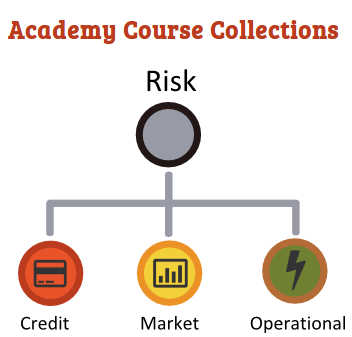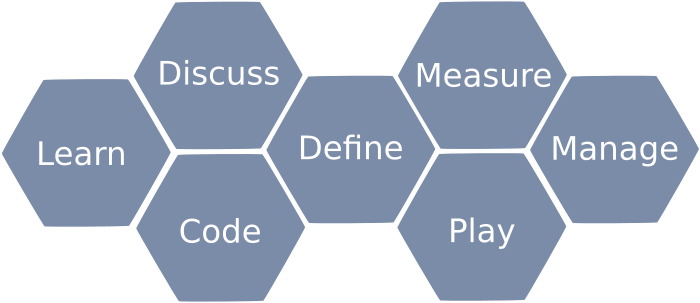About Open Risk
Welcome to the Open Risk website. Open Risk is an independent provider of financial risk analysis tools and online training. Our focus is on open source, open data, public standards and sustainability. We are based in Amsterdam and work mostly online. Get in touch to explore how we might be able to help you!
We believe that transparency helps reduce risks. The open source operating model has been proven across many domains as a great enabler of digitization and multiplier of capability. Open source approaches are also uniquely suited as blueprint for the next generation of risk management tools and models.
Our top ten list argued early-on the case for an open source risk management mentality. We continue developing this singular vision, motivated by the enormous strides of the open source model in other domains.
Since our establishment in 2014 we adopted as our permanent byline the Open Future for Risk Management. We believe that sustainable businesses, especially in the financial sector can do worse than embrace the quality and trust that accrues from openness and transparency.
Our Mission
The Open Risk Mission follows naturally from the vision of openness, transparency and open source modality. Our aim is to help build improved, next-generation risk management tools, with concrete initiatives and projects.
Fundamentally we aim to bridge the information technology gaps faced by many businesses and individuals across the world when it comes to making best use of risk management concepts and tools. Our objective is to do this in the most affordable way, by supporting open source, peer reviewable methodologies and risk models. We accomplish that with the effective use, promotion and production of open source and open data and the adoption and promotion of public risk management and sustainability standards.
How do we approach this challenge more specifically? This is best answered with examples from the tools we have already developed and support:

Individuals and Teams in diverse sectors can consult the Open Risk Manual, our extensive and open source reference knowledge base. The Open Risk Manual is an open online repository of information about risk management in all its forms developed and maintained by Open Risk. Our objective is to create a comprehensive, detailed, authoritative collection of risk management resources that are easily accessible by anybody, anywhere - well, network access is currently required!
- You can read more about the Open Risk Manual concept here.
- There is also an (experimental) mobile version of ORM that you can download and install here.
- An introduction to the concepts and usage of the ORM, both basic and advanced and how to contribute is available at the Open Risk Academy course Introduction to the Open Risk Manual

Team Leaders can educate their teams using the powerful eLearning tools we make available at the Open Risk Academy. The Academy is a unique, innovative platform that focuses on disseminating risk management knowledge online in the most effective manner. Current course categories include Credit Risk Management, Data Science and Python course, Sustainable Finance, Financial Literacy, Financial Regulation and more.
More
- Developers, Quantitative Risk Analysts and other technical experts can benefit (and contribute1) to building open source, peer-reviewable methodologies and risk models contributing to the growing constellation of open source data science. We have already published a range of libraries and tools, and we continue to expand the platform.
- Financial Portfolio Managers trailblazing the emerging field of Sustainable Finance can identify, quantify and manage sustainable portfolios using our powerful Sustainable Portfolio Management Platform: Equinox. Development of Equinox is happening on GitHub. A demo version of Equinox dedicated to sustainable procurement is running here.
- Portfolio Credit Managers can benefit from standards-complying open source tools using the OpenNPL credit portfolio management platform that is based on the regulatory credit portfolio schemas.
- We support an open collaborative community where people are invited to join the discourse. You can also find us on next-generation social media platforms: mastodon and bluesky.
We strive for a people-focused and modular approach where learning activities and actual use of tools are meshed organically:

Interested to Learn More?
Interested to find more about Open Risk and its projects? Does our mission resonate with you and are you interested in contributing to any of our projects?
Take a look at our white papers and presentations, blog posts and project catalog below. Please get in touch to discuss possible collaboration!